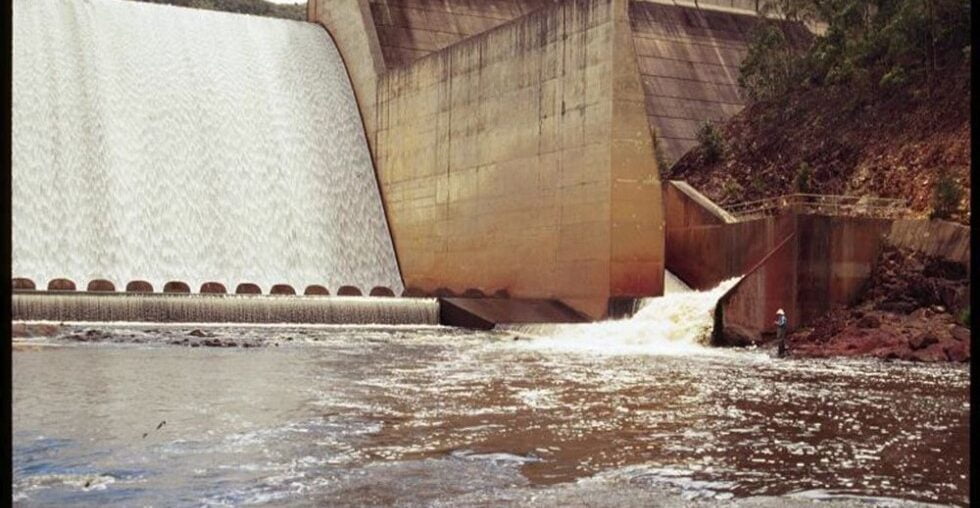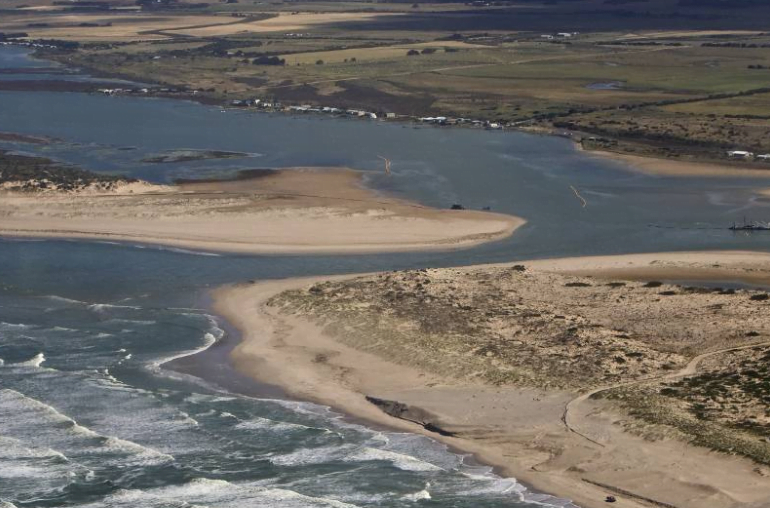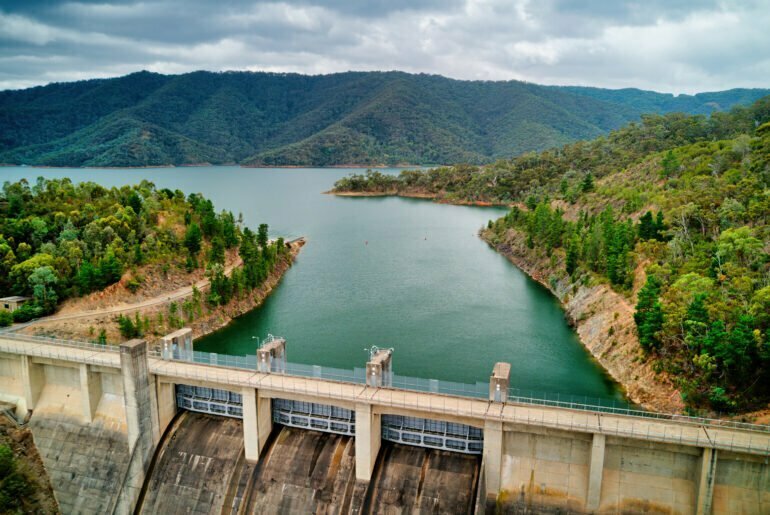While it is known that cold water releases from dams cause significant biological impacts in the Murray-Darling Basin, there is limited information on the significance of rapid changes in water temperature. Anecdotal evidence suggests that unnaturally large and sudden changes in the water temperature of dams may be of sufficient magnitude to cause thermal shock in aquatic biota.
A desktop study scoped the significance of this issue within regulated streams in the Basin. The study was undertaken in two steps:
- a review of scientific and other information on the physical conditions and biological consequences of thermal shock.
- a review and assessment of structures with significant thermal shock potential in the Basin.
Current understanding of the mechanisms and impact of rapid temperature change were summarised and used to develop conceptual models of causes and impacts.
There are two key physical processes that lead to sudden temperature change in waters below dams and weirs. Structures may have a direct effect by releasing water with markedly different temperature to that occurring naturally (termed source effect). This depends largely on the stratification behaviour of the reservoir, and the depth from which water is released. The second mechanism (termed regulation effect) is associated with changes to the hydrological patterns and volume of water in rivers below dams, as volume changes affect the rate at which water heats and cools in response to natural daily heating and cooling.
Findings:
Large and rapid changes in water temperature can potentially impact all aquatic and semi-aquatic biota, particularly those with less well developed thermoregulatory capacities. The susceptibility of fish to temperature shock depends on the species, age, body size, previous thermal history, time of year, time of day, and instream habitat.
It appears that most fish are capable of making long-term acclimation to slow temperature change, however, rapid change can lead to more severe impacts such as behavioural changes which make fish more susceptible to predation, or direct mortality from extreme temperature fluctuations.
Major challenges to the study were the lack of information on thermal tolerances of local fish and the limited number of dams in the Basin where temperature was continuously monitored. Based on criteria including structure height, type of outlet works, purpose of the dam (irrigation, town water supply, hydropower etc), reservoir size, and release patterns, a total of 102 structures in the Basin were assessed as having potential for sudden temperature change, with a short list of 29 structures considered to have high thermal shock potential.
Key messages:
Sudden temperature change is likely below dams that are deep enough to stratify during warmer months, and capable of rapid changes in release depth (either through multi-level intakes or via alternating spillway and deep-intake releases).
Localised regulation effects may occur below any dam that ceases or reduces flow after a period of high flow. Sudden temperature changes may occur at distance from large dams as a result of sudden shifts between cold dam release and warm tributary inflows.
While there are a number of options to mitigate sudden, large temperature changes below dams, the significance of the thermal shock issue was not considered great enough to justify substantial operational or infrastructure changes. However, a series of precautionary measures to mitigate potential thermal impacts are recommended including:
- gradual or stepwise changes in release height when switching between different intakes.
- gradual or stepwise changes in release volume’
- protocols to optimise release and selective withdrawal management.
- adaptive management utilising real-time data to tune release operations.
- conducting outlet maintenance at times when thermal stratification in storages is less pronounced.
Read the full report here: Ryan and Preece (2003). Potential for cold-water shock in the Murray-Darling Basin – a scoping study for the Murray-Darling Basin Commission. Arthur Rylah Institute for Environmental Research, Heidelberg, Victoria and New South Wales Department of Sustainable Natural Resources, Parramatta, New South Wales.



